Shale Revolution Has Direct and Indirect Impacts on OPEC

Three characteristics make investment in the U.S. oil and gas sector attractive: a large resource base, continuous technological advances, and increases in domestic and international demand. The confluence of resources, technology and capital should make the U.S. industry ripe for continuous growth. The impact will be felt throughout the world, especially within OPEC countries.
The direct impact on OPEC members. The impact is direct, when U.S. consumers use natural gas or oil produced in the U.S. instead of imports from overseas. The impact is also direct, when the U.S. starts to export crude oil and LNG that compete directly with OPEC’s exports of crude oil and LNG in various global markets.
While U.S. natural gas production increased from about 53 Bcfd in 2007 to more than 67 Bcfd in 2013, U.S. LNG imports declined drastically, and imports from the Middle East or North Africa came to a complete halt. In the coming years, U.S. LNG exports might compete for markets with LNG cargoes from these OPEC countries, especially if the U.S. exports exceed 4 Bcfd.
Similarly, while U.S. crude oil production increased from about 5.2 MMbpd in 2007 to more than 8.0 MMbpd in recent months, U.S. light crude imports from Algeria (along with imports from Nigeria and Angola) have almost vanished.
The indirect impact. The impact is indirect, when the increase in U.S. crude oil or natural gas production doesn’t compete directly with exports of other countries, either through import substitution or global competition for market share. However, the by-products of oil and gas affect OPEC members in various ways. A case in point: the increase in U.S. light crude production doesn’t reduce the imports of heavier crudes from Saudi Arabia and other Gulf emirates, yet the gain in U.S. oil and natural gas output, overall, affects three segments that are considered “strategic” in Saudi Arabia and the Gulf region—refining, petrochemicals and NGLs.
The indirect impact on the Gulf nations could be more severe than the direct impact. The Gulf nations made a strategic decision, decades ago, to focus on petrochemicals, refining and NGLs. In their collective view, petrochemicals and refining can diversify their incomes and create the industrial bases needed for economic development. NGL exports create additional revenue, especially since NGLs are not counted in OPEC quotas.
The threat to the refining industry in the Gulf. Since the U.S. government doesn’t allow crude oil exports to countries overseas, the spread between several U.S. crudes and WTI, and between WTI and Brent, widened. As a result, exports of U.S. petroleum products soared from 1.2 MMbpd in 2007 to 3.4 MMbpd in recent months. These exports are expected to continue their upward trend, as long as the ban on crude exports remains in place. Future U.S. exports of petroleum products might compete directly with exports of petroleum products from the Gulf, from refineries that are being built as we speak.
The threat to the NGL industry in the Gulf. The large increase in U.S. NGL production helped the country slash its LPG imports by more than half, while its exports of NGLs increased by more than five-fold during the same period. As a result, global LPG prices declined, and Saudi Arabia lost market share to U.S. producers in Central and Latin America.
These trends are expected to continue, especially now that the Panama Canal expansion will be finished in 2015. Shipment through the canal will cut transit time from the Gulf of Mexico to Asia by two weeks. Saudi Arabia and the Gulf states are expected to lose additional market share, not only in Central and Latin America, but also in Asia. As U.S. companies are expanding LPG export capacity, Asian consumers are signing contracts to import from the U.S., to take advantage of lower prices and diversify their sources. At the end of 2012, South Korea announced plans to import 180,000 tons of LPG from the U.S. in 2014. Last February, Tokyo Electric Power announced plans to import 200,000 tons of LPG over a three-year period. In early November, various media reports stated that Japan wants to reduce its heavy dependence on LPG imports from the Middle East by importing more LPG from the U.S.
The threat to the petrochemical industry in the Gulf. The key to the competitiveness of the petrochemical industry is the low cost of feedstock and energy. In recent years, Saudi petrochemical plants enjoyed the lowest cost of feedstock and energy, while the rest of the global petrochemical industry suffered from high costs, mainly because of a dependence on the expensive oil product, naphtha.
The U.S. shale revolution has made the U.S. petrochemical industry very competitive by providing cheap ethane and fuel. Ethane prices declined by about 70% in the last two years, resulting in it being cheaper than natural gas. The low price of ethane increased the profitability of the U.S. petrochemical companies and shifted their focus back to the U.S. Thus, more than 20 petrochemical projects are under construction in the U.S. Even if ethane prices rise, the cost of ethylene in the U.S. is less than half the cost in Europe. Given the tight natural gas market in Saudi Arabia, and the abundance of tight natural gas in the U.S., the cost of U.S. ethylene will be the lowest in the world.
To sum up, the U.S. shale revolution will make global markets for petroleum products, NGLs and petrochemicals more competitive, and more efficient, by reducing the role of government-owned companies and increasing the role of the private sector. This increase in competitiveness is the most important impact of the shale revolution.
ALHAJJI@NGPTRS.COM / Dr. Anas Alhajji joined NGP Energy Capital Management, one of the leading energy private equity firms in the industry, in 2008 as Chief Economist. He leads the firm’s macroanalysis of the oil, natural gas and related markets, and the overall economic environment.
Dr. Anas F. Alhajji
OPEC OIL AND GAS IN THE CAPITALS
World Oil / JANUARY 2014
Source: http://ngpenergycapital.com/shale-revolution-has-direct-and-indirect-impacts-on-opec/










Comment